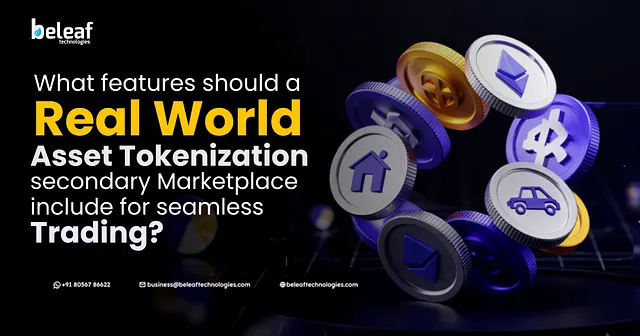Key Notes
- MSTR Stock’s net asset value (NAV) premium has compressed from 2x in January to 1,44x, reflecting investor fatigue.
- Peter Schiff argued that MicroStrategy would be in a stronger position with gold instead of Bitcoin due to liquidity concerns.
- Michael Saylor signaled continued BTC accumulation despite volatility.
Ever since hitting the highs of $442 in July this year, the Strategy (MSTR) stock has been moving sideways, eroding all of the 2025 gains, as per the $309 closing price on Friday, September 26. Market analysts note that the MSTR stock is echoing the 2021-2023 fractal pattern, which triggered a 50% crash after losing support. Peter Schiff noted that Michael Saylor would have been better off owning Gold instead of Bitcoin.
Is MSTR Stock Price Eyeing Another 50% Crash?
As the MSTR stock performance goes downhill amid sideways movement for a very long time, market analysts are weighing the potential for another 50%. Crypto analyst Ali Martinez noted that Strategy stock (NASDAQ: MSTR) is mirroring its 2021–2023 price pattern. According to Martinez, the $257 level is a crucial support. A breakdown below this threshold could open the way for a decline toward $120.
MSTR stock forms a fractal pattern | Source: Ali Martinez
The MSTR stock drives institutional attention as it trades at a premium above the value of its Bitcoin holdings. However, in 2025, this premium has dropped significantly as the company’s net asset value (NAV) has compressed from 2x in January to 1.44x at present. Despite this, MSTR has continued to attract institutional players as Royal Bank of Canada raised its stake in MSTR by 16% last quarter.
Analysts suggest the drop reflects investor fatigue amid slower Bitcoin purchases. With the premium eroding, holding MSTR stock offers no special advantage to investors in comparison to holding Bitcoin directly. The trend raises questions about the appeal of MicroStrategy shares versus direct exposure to BTC.
As of date, Michael Saylor’s Strategy sits on a massive 640,000 BTC pile worth a massive $70 billion as per the current Bitcoin price. Some investors fear that if BTC price crashes further, MSTR stock could come under major pressure, triggering forced sell-off and major unwinding.
Peter Schiff Tells Michael Saylor: Better Off With Gold Over Bitcoin
Gold buff Peter Schiff argued that MicroStrategy’s Bitcoin-heavy strategy leaves it vulnerable compared to a Gold investment. Schiff noted that the company currently shows a paper gain of about 47% on its $47.3 billion Bitcoin purchases. However, had Saylor chosen Gold over Bitcoin, the gain would have been 30%.
But according to Schiff, the key difference here lies in the liquidity. He argued that MicroStrategy could liquidate $61.5 billion worth of gold without disrupting the market. On the other hand, selling $70 billion in BTC could crash the Bitcoin price and trigger mass liquidations. Despite the recent criticism, Michael Saylor remains committed to adding more Bitcoins to his company’s Treasury. In his recent tweet on Sunday, September 28, Saylor hinted at further purchases ahead.
next
Disclaimer: Coinspeaker is committed to providing unbiased and transparent reporting. This article aims to deliver accurate and timely information but should not be taken as financial or investment advice. Since market conditions can change rapidly, we encourage you to verify information on your own and consult with a professional before making any decisions based on this content.
Bhushan is a FinTech enthusiast and holds a good flair in understanding financial markets. His interest in economics and finance draw his attention towards the new emerging Blockchain Technology and Cryptocurrency markets. He is continuously in a learning process and keeps himself motivated by sharing his acquired knowledge. In free time he reads thriller fictions novels and sometimes explore his culinary skills.
Bhushan Akolkar on X
Source: https://www.coinspeaker.com/mstr-stock-crash-pattern-to-repeat-again-peter-schiff-advises-michael-saylor/


